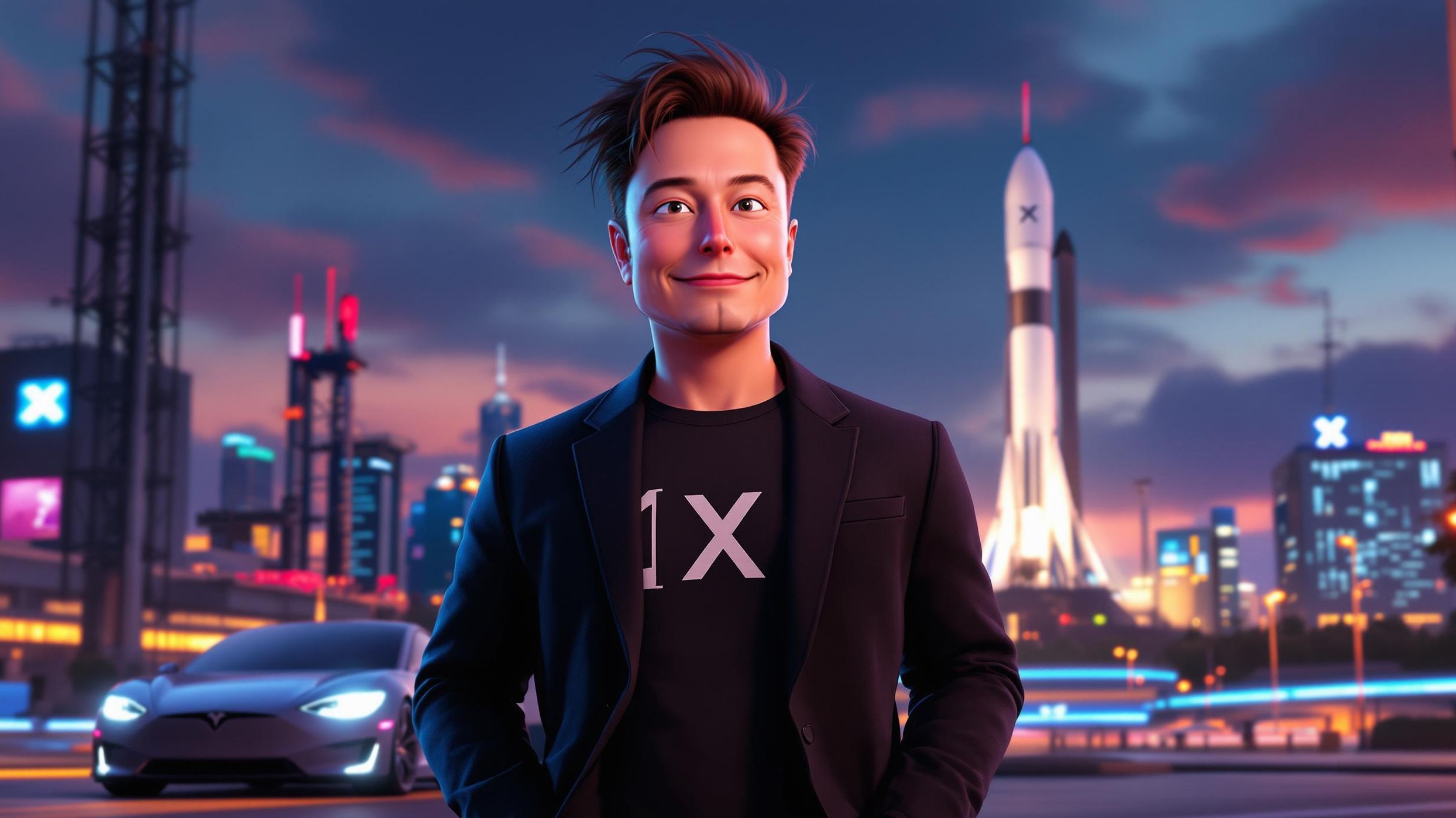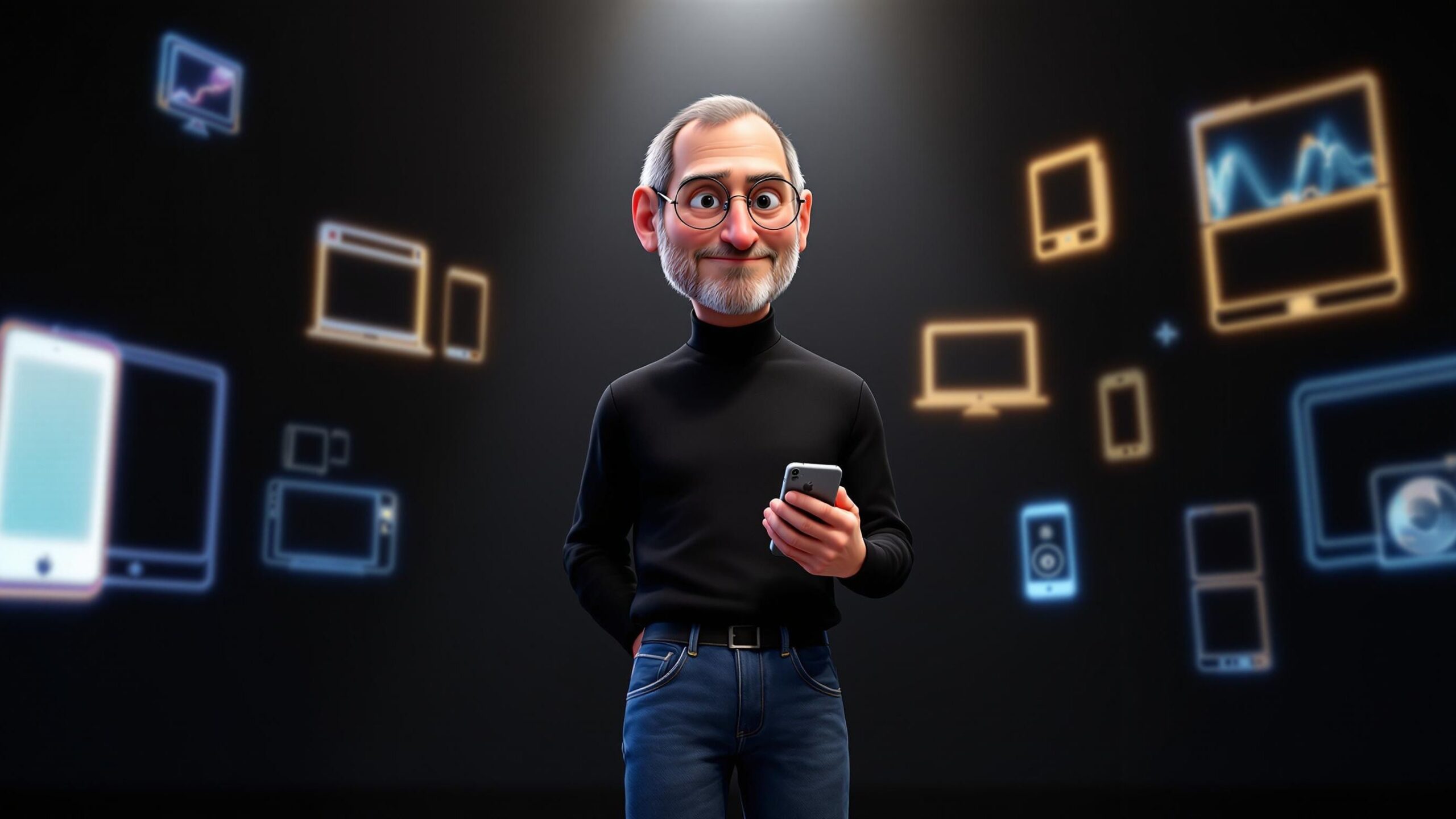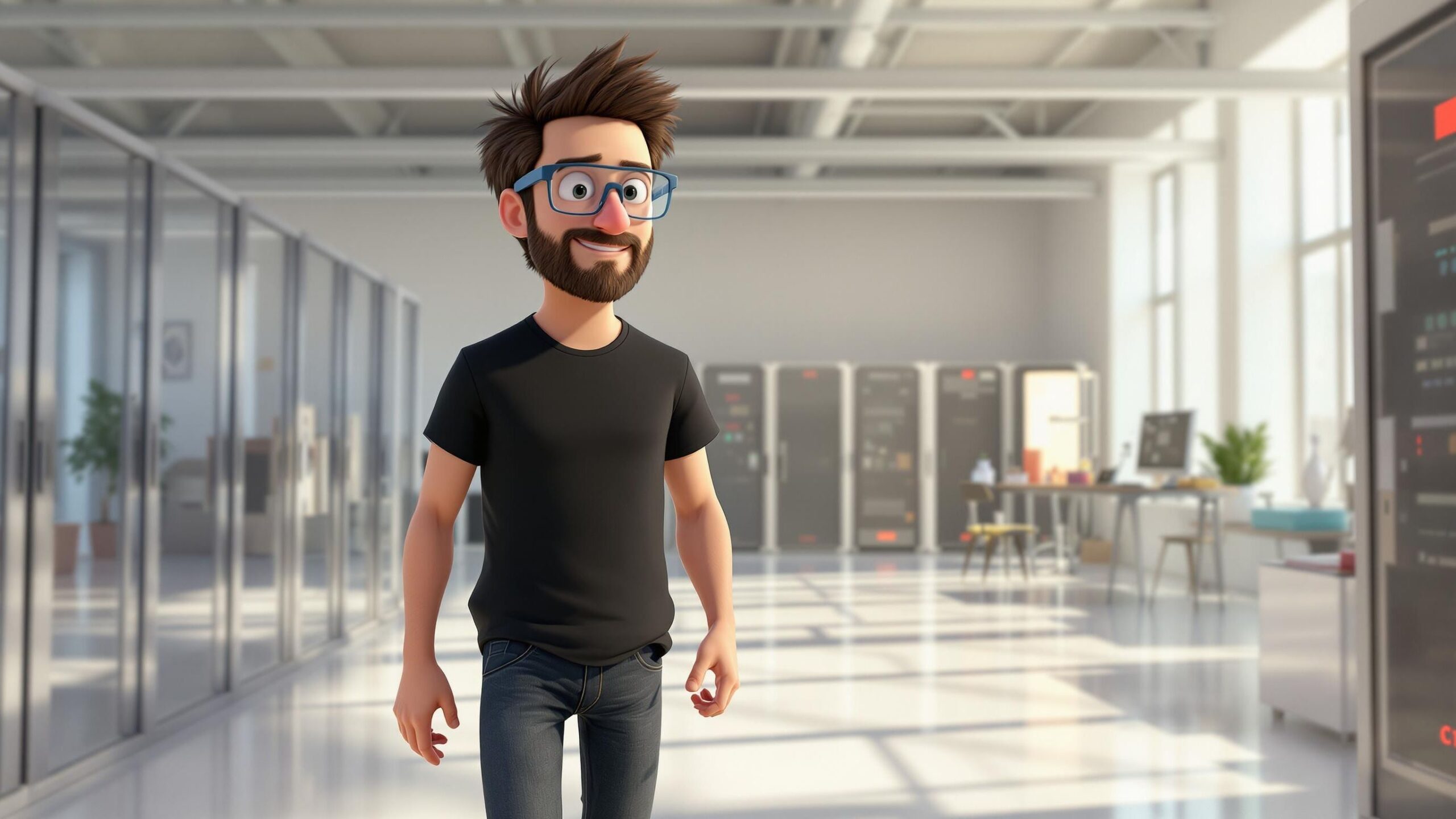In a world driven by convention and predictability, Elon Musk has become the rare disruptor who doesn’t just challenge the rules—he rewrites them with rocket fuel, electric batteries, and tweetstorms. Whether he’s launching reusable rockets into orbit, turning the automotive world electric, or reshaping digital communication, Musk operates like a one-man Silicon Valley and sci-fi novel rolled into one. He’s the kind of figure who seems equally at home quoting Isaac Asimov as he is outlining Mars colonization blueprints on a podcast. With ventures that span energy, transportation, AI, and social platforms, Elon Musk is not just an innovator—he’s a cultural force, a headline generator, and, above all, a visionary disruptor reshaping industries before lunch. From the glossy sheen of a Tesla Model S to the blazing trail of a Falcon 9 rocket, his fingerprints are all over the future. This is the story of the man who is literally aiming for the stars—and dragging humanity along for the ride.
Tesla: Driving the World into an Electric Future
When Elon Musk joined Tesla in 2004, few believed an electric car company could stand a chance in a gas-guzzling world dominated by auto giants. But Musk, never one to accept “impossible” as an answer, had a different vision. He didn’t want to build a car—he wanted to build a movement. And he didn’t want Tesla to make electric cars for eco-warriors alone. He wanted them to be sleek, fast, and undeniably cool. Enter the Tesla Roadster. Built on a Lotus chassis, it was the company’s opening statement: electric could be sexy. But it was just the beginning. Musk pushed the company to invest in the Model S, a luxury sedan with performance stats that could rival Ferraris—and did so without a drop of gasoline. It disrupted everything. The Model S wowed critics, dominated safety tests, and introduced software updates via Wi-Fi—a concept as foreign to car buyers then as autopilot was in your driveway. Musk didn’t stop there. The Model X, with its falcon-wing doors and SUV elegance, the budget-friendly Model 3, and the futuristic Cybertruck expanded Tesla’s lineup and influence. The company’s Gigafactories popped up around the world like high-tech beacons of the electric age. Through Tesla, Musk didn’t just sell cars—he transformed the very idea of mobility and made it aspirational to be environmentally conscious.
SpaceX: To Mars and Beyond
Of all his ventures, SpaceX might be Musk’s boldest—and most cinematic. In 2002, long before billionaires were riding rockets for sport, Musk founded SpaceX with a mission that sounded like something out of The Jetsons: make space travel affordable and eventually colonize Mars. Most people laughed. NASA veterans scoffed. The early test flights failed spectacularly. But Musk, in true disruptor fashion, saw failure as part of the process—not the end of it. When SpaceX’s fourth rocket, Falcon 1, finally made orbit in 2008, it changed everything. It secured a contract with NASA and proved that private spaceflight wasn’t just a tech bro’s fever dream. SpaceX went on to develop the Falcon 9, capable of returning to Earth and landing vertically—a concept no one had successfully executed before. Watching a rocket land itself like a giant metal ballerina was something straight out of a sci-fi film, and SpaceX made it a regular event. Then came Crew Dragon. SpaceX became the first private company to ferry astronauts to the International Space Station. And Elon, wearing his SpaceX flight suit and throwing the Vulcan salute, made space cool again. His ambitions now include the Starship program—an enormous rocket meant to carry cargo and humans to the Moon, Mars, and beyond. To Musk, Mars is not a fantasy—it’s the next frontier. And SpaceX is the rocket ship to get us there.
X (Formerly Twitter): The New Digital Town Square
When Musk acquired Twitter in 2022, the world collectively gasped. Was this just a billionaire impulse buy, or was there a method to the madness? Renaming the platform “X,” Musk said he wanted to transform it into an “everything app”—a concept inspired by China’s WeChat, where messaging, payments, news, and entertainment converge. True to Musk’s style, the transformation was immediate and chaotic. Legacy verification checkmarks were axed, algorithms were retooled, and policy changes flew in faster than tweets themselves. Some users loved it. Others hated it. But everyone had an opinion—which is exactly how Musk likes it. Under his watch, X became a digital experiment in free speech, monetization, and platform evolution. Musk began rewarding content creators, building financial infrastructure, and teasing features that felt like prototypes of a digital utopia—or dystopia, depending on whom you ask. More than just another tech CEO, Musk uses X as a window into his brain: firing off memes, engaging critics, debating ideas, and occasionally announcing company news mid-scroll. He’s turned what was once just a microblogging site into a global stage for digital discourse—and he’s front and center.
The Boring Company: Tunnels, Flames, and Traffic Disruption
As if cars, rockets, and social media weren’t enough, Musk dug deep—literally—with The Boring Company. Born out of his frustration with Los Angeles traffic, the company promised a new form of urban transportation: underground tunnels where cars or “skates” could travel at high speed, bypassing surface-level congestion. Critics dismissed it as a vanity project, but Musk insisted he was solving a real-world problem. The company’s first test tunnel opened in Hawthorne, California, in 2018. While not quite the hyperloop system of sci-fi dreams, it proved the technology could work. More tunnel projects were announced in Las Vegas and Miami, each promising futuristic transport that felt like something out of Minority Report. Oh, and let’s not forget the flamethrower. The Boring Company released a limited run of “Not a Flamethrower” devices, which promptly sold out. It was part marketing stunt, part science fiction nod, and completely Musk. Whether or not tunnel transportation revolutionizes cities remains to be seen, but The Boring Company proves Musk’s willingness to dig—literally and figuratively—for solutions.
Neuralink and the Future of Brain-Machine Integration
While the rest of the world is just trying to wrap its heads around AI, Musk is already talking about how to link our heads to AI. Enter Neuralink, a company developing brain-machine interfaces (BMIs) with the lofty goal of helping people with neurological conditions—and eventually merging human intelligence with artificial intelligence. The concept sounds like it was pulled from Black Mirror, but Neuralink is already testing its coin-sized implants in animals and planning human trials. The device promises to help restore movement, vision, and perhaps even memory. Musk envisions a future where humans and machines work symbiotically—where the limits of our brainpower can be expanded through technology. It’s the kind of sci-fi ambition that’s hard to fathom until Musk starts explaining it on a podcast. And then it just sounds…inevitable. Whether you’re excited or terrified, Neuralink underscores Musk’s relentless pursuit of next-level tech—where the line between biology and software begins to blur.
SolarCity and the Renewable Energy Revolution
Before “going green” became a business mandate, Musk was already building a solar empire. Through SolarCity, a company founded by his cousins and later acquired by Tesla, Musk envisioned rooftops lined with sleek solar panels and power stored in battery walls that could run entire homes off the grid. His dream: decentralize energy. Empower consumers. And eliminate dependence on fossil fuels. The Tesla Powerwall, paired with solar panels or even the aesthetic Solar Roof, brought residential energy independence into the mainstream. Meanwhile, Tesla’s Megapack and Powerpack units scaled those solutions to communities, cities, and industries. From the individual homeowner to massive grid solutions, Musk’s push toward sustainable energy isn’t just a passion project—it’s part of a wider mission to save humanity from climate catastrophe. He once said that we must “accelerate the advent of sustainable energy.” And through solar and battery tech, that’s exactly what he’s trying to do.
The Cult of Musk: Meme Lord, Billionaire, and Wild Card
Musk is more than the sum of his companies—he’s a persona, a walking paradox, and a social media circus in human form. One day he’s tweeting memes and dad jokes; the next, he’s discussing interplanetary logistics. He names his child X Æ A-12, launches perfume lines for jokes, and dances awkwardly at Tesla launches. And somehow, it all just works. Love him or loathe him, there’s no denying Musk’s cultural impact. He’s become a hero to techies, a lightning rod for critics, and a fascinating case study in modern celebrity. He doesn’t follow PR scripts, rarely backs down from feuds, and treats business like a blend of chess match and improv comedy. His eccentricity is part of his charm—and part of his controversy. But behind every odd moment is a man genuinely obsessed with the future. To Musk, humanity isn’t just a species—it’s a project. And he’s determined to steer it away from stagnation and toward the stars, whether we’re ready or not.
One Man, A Thousand Futures
Elon Musk defies categorization. He’s the Tony Stark of the real world, the wild-card billionaire who launches cars into space and tweets his way through billion-dollar decisions. Yet behind all the flair and frenzy is a man who, perhaps more than anyone else alive, has shifted the trajectory of multiple industries—and possibly humanity itself. Tesla redefined cars. SpaceX reignited the dream of space travel. X is reshaping digital dialogue. Neuralink is tinkering with our very minds. And across all of it runs a thread of relentless ambition: to make the future arrive faster. Whether he’s loved, loathed, or just endlessly debated, Elon Musk is the kind of figure history remembers—not for being predictable, but for daring to imagine more. In the end, Musk is not just building companies—he’s building futures. Plural. Because to him, one future is never enough.




